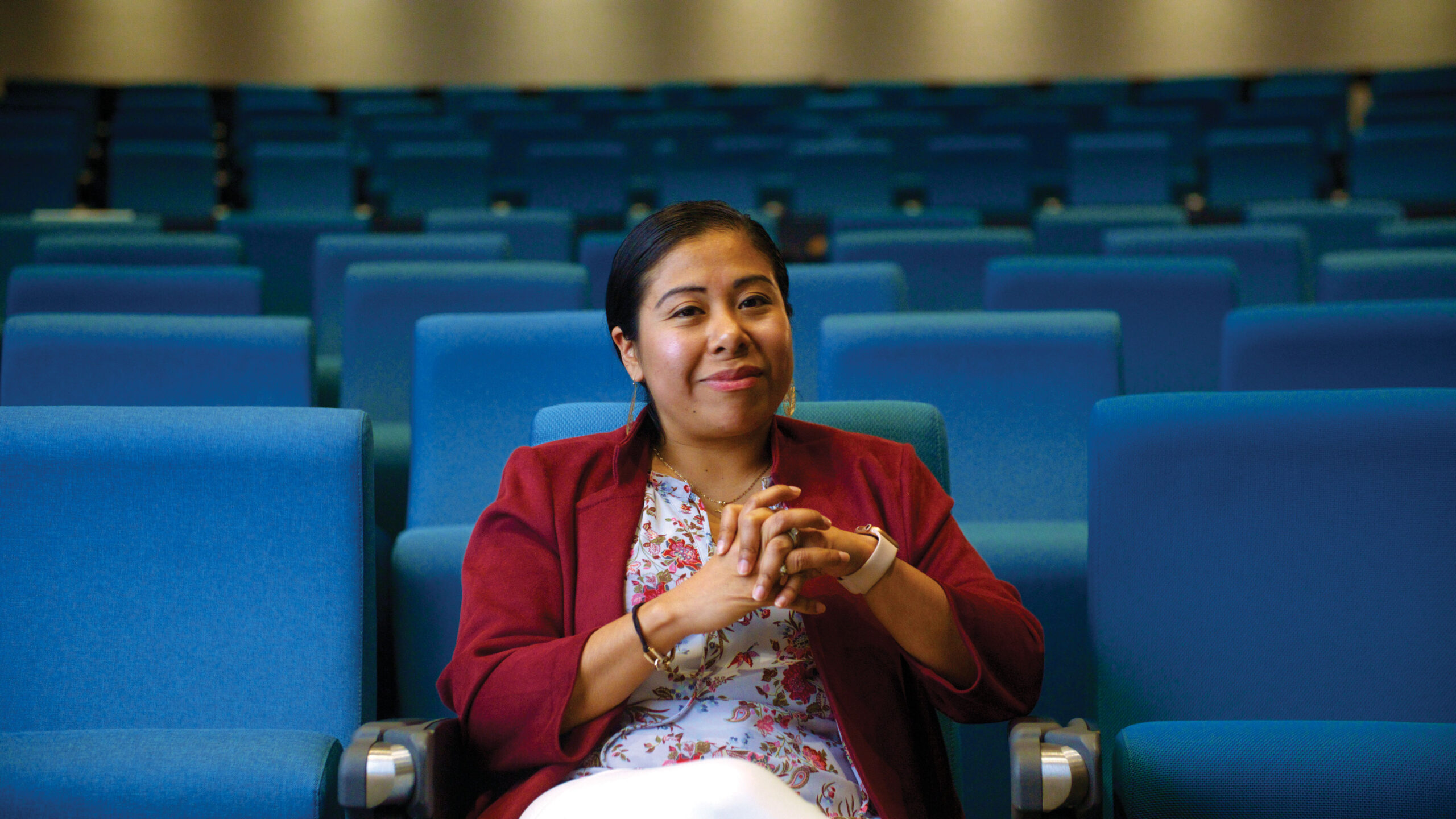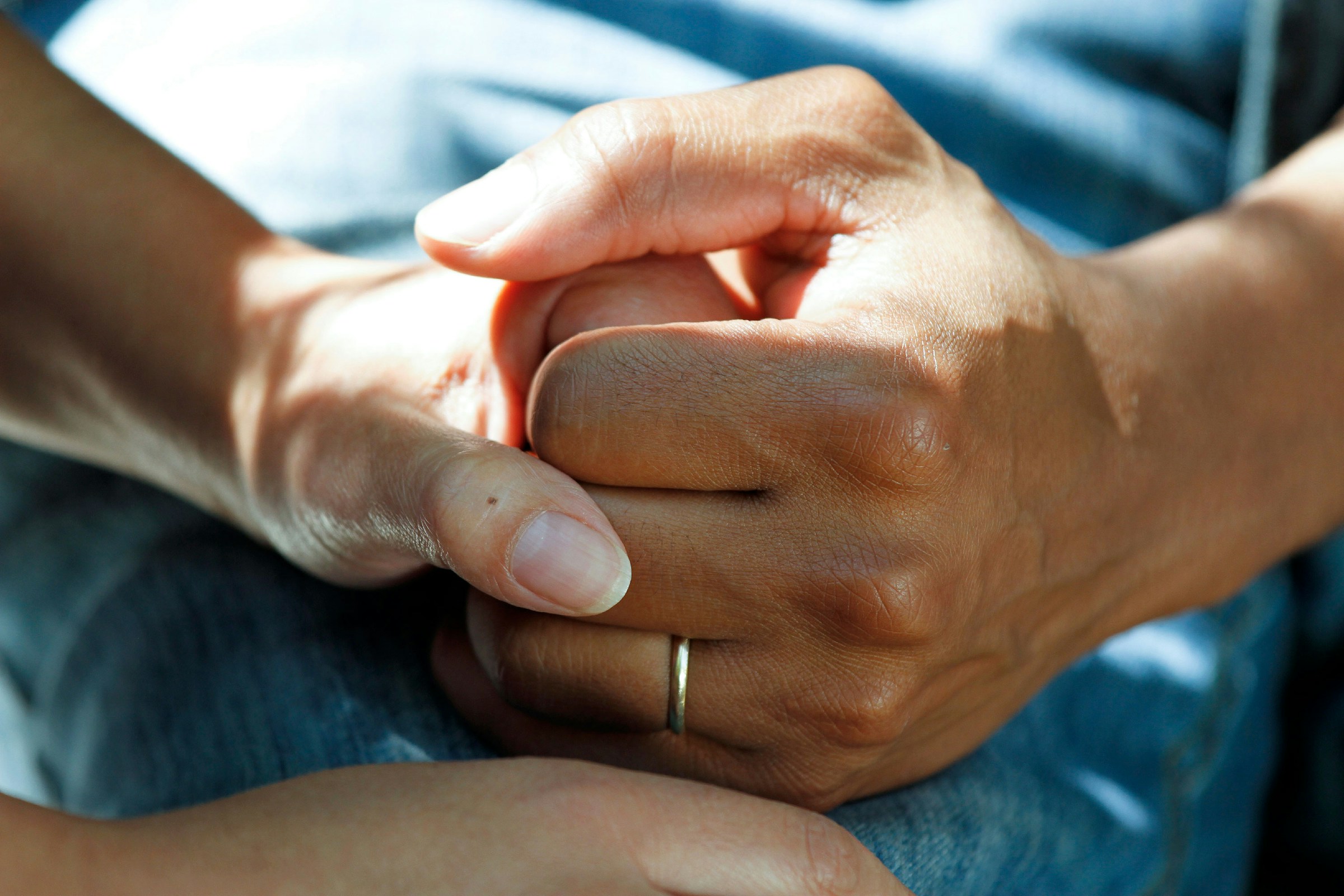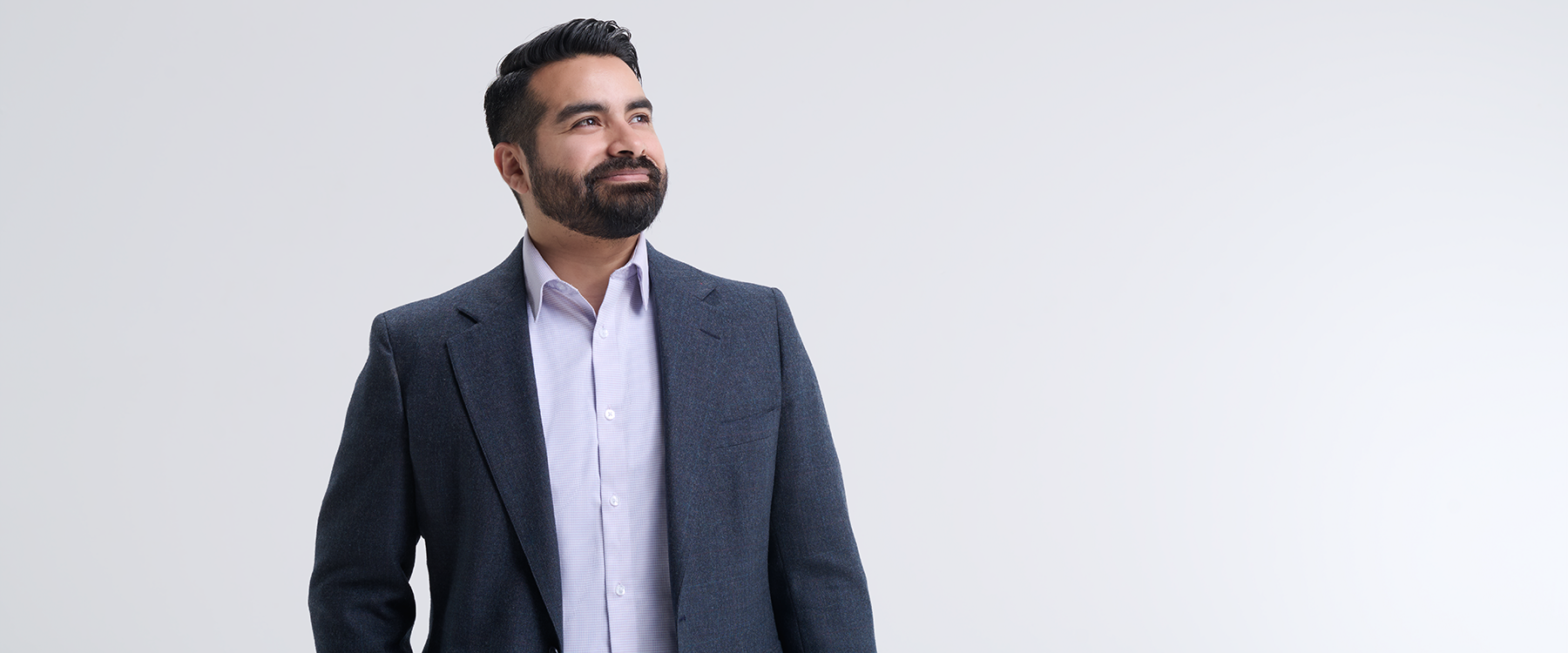By Josh Friesen
Brian Park, M.D., M.P.H., medical director and director of community health justice for OHSU’s Health Equity Organization and an associate professor (family medicine) in the OHSU School of Medicine, isn’t just sensing a change in how health systems address inequities in health care. He’s helping OHSU be the change.
Through place-based health, an emerging approach to outreach that centers the community, leverages partnerships and promotes collaboration to improve health care access, OHSU is meeting people where they are, cultivating sustainable relationships and building trust.
Transcript
If I had to summarize what we’re seeking to do through place-based health as a program, it really is shifting this paradigm where broadly — this is an overgeneralization — but broadly I think in health care we tend to develop programs that are aimed at delivering health care services in health care settings. There’s nothing wrong with that. We we have to do that. But there’s this other end of the paradigm, which is: Can we not just deliver health care, but health? And can we not just do it in health care settings, but can we deliver it in community settings where folks already feel as though they belong?
Dr. Brian Park isn’t just sensing a change in how health systems address inequities in health care. He’s helping OHSU be the change. Dr. Park is an associate professor of family medicine at OHSU and medical director and director of community health justice at the OHSU Health Equity Organization. By leveraging the tenets of place-based health, which centers community, relationships and trust-building to improve health care access, Dr. Park is working toward a future where health care is delivered not just in hospitals, but in community settings where people already feel like they belong.
I’m a first-generation Korean American, so my parents were immigrants to this country from South Korea. They were childhood sweethearts. And I share that just to say — I joke about this sometimes — I could grow up to become one of three things according to my parents. They said, ‘Brian, when you grow up, you can be a a doctor, a physician or an M.D.’ They said, ‘Any of those three. Take your pick.’ And the truth is I never wanted to be a part of health care. The reason for that is that I grew up with an older sister, Catherine, and when she was about 3 years old was diagnosed with a really serious medical condition, a chronic condition that she still lives with today.
And what that meant for me and my family was that we would be interacting with the health care system on an almost weekly basis. And so I had a front-row seat to all the ways that the health care system really wasn’t designed for people like my family — especially my parents, for whom English was learned language, culturally they were far more Korean than they were American. They were very socially isolated. I often was put as a 6- or 7-year-old in the role of having to interpret visits for my parents and the health care system. I saw all the ways that medication labels were written in English, so my parents would be given new medications to give to my sister and not know how to give them.
Having that perspective as a very young child about what the institution of health care was, ‘Oh, this is not a place where I want to be. This is not a place that was designed for people like me and my family.’
The reason that I decided to come into health care is really because that 6- or 7-year-old brother inside of me that witnessed the ways that the health care system not only wasn’t equipped to help my sister and my parents, but sometimes harmed them, I wake up with that 6- or 7-year-old brother inside every day, and I’m motivated to change the health care system so that my own family, other families who may have English as a learned language or cultural beliefs that are different than the dominant culture, or may not have a background in health care, that they can access health care and feel as though it is a place that is welcoming, they feel like they belong and they can get the care that they need and deserve.
Place-based health is one of the core programs that we’re developing at OHSU Health Equity. There’s a saying that at the Health Equity Organization we like to say, which is, ‘Health is more than health care.’ Research has shown time and time again that health care constitutes about 20% of our health — one fifth of our health. If we look at the other 80%, the physical built environment, people’s ability to engage in healthier behaviors, social drivers of health — things like food, income, housing, education — if we open up the dialogue to be inclusive of programs that aim to address or advance those things, then our ability to achieve not just health equity, but broader health for all opens up.
So, we call it place-based health, but there’s actually three P’s that I think of with place-based health. People, place and power.
The people piece: So much of my own socialization in health care has been designed at looking at people — or we call them patients — as having deficits, right? They come to us with these symptoms that they need help with. There’s nothing wrong with that. I worry, though, that that overemphasis at being problem- and deficit-based sometimes has us overlooking people as having immense assets as well. What opens up to us when we look at people as being world experts of their own lives? How do we understand their lives better, their motivations better, their values better?
The place-based piece of this is: It doesn’t matter how much money I make in terms of my health, but what seems to predict my health far better is the median income of the neighborhood that I’m in. And we can all imagine the mechanisms for why that might be, right? Structural factors, structural racism, the ways that our neighborhoods are designed based on racial demographics and history. So, the place-based pieces, if we want to not just advance health equity but improve health for all, we also have to be able to shift the neighborhood conditions, not just the individual level, because that seems to advance, predict, be associated with better health outcomes far more than just focusing on the individual.
And then the third piece is about power. I think a forgotten or often overlooked piece of when we talk about any kind of injustice or oppression is the power imbalance. Who has access to power? Who has power who has access to opportunity? Who has access to the ability to act on their own agency and their own values? And so for us as a health care system, I think what that means is: How do we invite in people who are often excluded, people whose voices are often not heard, into the conversation of co-creating programs, right? So we are building power together then of saying, ‘Wow, bring your lived experience to the table.’
Place-based health is really about reorienting the health care system, how we design programs, how we implement them, how we deliver on them, how we evaluate them in a way that centers people, that centers place, and that centers power.
One of the early models of place-based health has been this partnership with a community-based organization named the Equity Giving Circle, or EGC. EGC is this remarkable community-based organization that was founded by a fantastic group. It’s a Black, women-led organization, and it started during the pandemic to support Black and Brown community members here in Portland. On Thursdays, they have a farmers’ market that’s for any and all Black and Brown community members in Portland, Oregon. And the farmers that they are sourcing from are farmers who are Black and Brown as well. So the wealth is being generated within Black and Brown Portlanders and farmers.
We had a conversation a long time ago and approached them, again, not from a place of having any sort of desire other than to get to know them better, form a relationship, and over time as we continued to have conversations, we learned more about their programs, they learned more about our values, they came to us and said, ‘Hey, you know, at our farmers’ market, we’ve been hearing from folks that people are just struggling with their blood pressure or many folks seem to have diabetes and are thinking about blood sugar and whether the foods we’re serving is addressing blood sugar. Many folks say, “Gosh, I would go to a doctor, but I don’t have health insurance or I just there’s too much going on in my life to make an appointment.”‘ They said, ‘Would you all be open to coming? And we don’t really know what we might want, maybe we start with blood pressure and diabetes as a central focus.’ And we said, ‘Absolutely.’
The principle that we want to center here is: Can we just be a a face of health care that’s showing up, just kind of human to human, seek to build trust with folks as a face of health care, answer any questions that folks might have, and oh, by the way, if you’d like, we can also check blood pressure, blood sugar, answer any questions that you have about your health.
Already what we’re seeing is we’re hearing stories from folks. One of our regular attendees came up to us and said, ‘I brought my sister to one of the early events and she had not accessed health care recently, and you saved her life.’ And I said, ‘Woah, that’s a little, that’s a little grand — tell us more.’ She said, ‘So, she hasn’t seen a doctor for many years. You all checked her blood pressure and you said, “This is really, really high, so you should get established with a primary care doctor.”‘ And because of the relationship we formed with her in that visit, she said, ‘OK, I’m going to do that.’ We gave her a referral to a primary care office here at OHSU. She established them quickly, and at that visit, they said, ‘Your blood pressure is so high you have to go to the emergency department.’ At the emergency department, her systolic blood pressure — which is that top number, the first number in the blood pressure — was over 200, which is very, very high. And this attendee said, ‘Yeah, now my sister’s blood pressure, she got on medications, she’s seen her doctor regularly. It’s now below 140,’ which is the goal that we have for blood pressure.
Other folks who have just said, ‘Gosh, you know, I’m thinking a lot more about my blood sugars or my blood pressure.’ Other folks who have said, ‘Gosh, I’m gonna call that primary care office that you all referred us to.’ So we’re just hearing more and more about — obviously we want to think on a long-term way of let’s really work to rebuild trust and help people rethink what your relationship with health and health care can look like — but even a short manner of six months we’re hearing from people, just profound impacts of what it looks like when you have a space where you already feel like you belong, it’s easy for you to access because you’re going there anyway, and you ask the question that you’ve maybe always felt afraid to ask your clinician, or you have more time and space, or you just psychologically feel safer because it’s a space that you see other folks who look like you and have values and beliefs like you or backgrounds like you. When we trust the people, that they will tell us what they need, and then we do our work as a health care system to provide those services because we trust them, that’s really the model that we’re seeking to do.
I’m a believer in fractals, that what we do on a small scale eventually becomes the large scale. So, I think if we focus — when there’s so much national and federal level uncertainty — if we can focus on a hyper local level, in this case in a hyper institutional OHSU level about taking care of each other and taking really good care and dignified care of Oregonians, that’s the best chance that we have.




